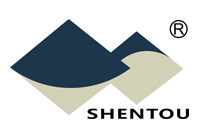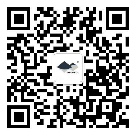CHINA AUTOMOTIVE SUPPLIER QUALITY MANAGEMENT BRIEFING
06/05/2017
Vol. 1, No. 4, June 2017

① QUALITY CHALLENGES & SOLUTIONS WITH YOUR SUPPLIERS IN CHINA

A typical obstacle international automotive companies come across when they purchase aftermarket parts in China is with the product drawings.
While the large customers are quite technically capable, small and medium-sized companies usually depend on their Chinese suppliers to produce and deliver the correct products. In other words, quite often they are not able to confirm the drawings submitted by the factories. And when they want new products to be developed, all they have are some OE numbers, product photos, or perhaps the actual samples, but no definite drawings.
These customers are usually distributors or wholesalers of parts for some specific vehicles or full product lines, so they are very knowledgeable about the OE numbers and the applicable make, year, and model numbers. However, they do not specialize in a dedicated product line and are therefore not technically sophisticated enough to deal with the technology and quality side of the products.
While there is no magic wand you can wave to easily overcome the issues with the product drawings, the following approaches are recommended to ensure that the final products supplied by the factories are the correct ones and conform to the technical specifications.
●There are actual samples for the factories to study.
●If actual samples are not available, get as many photos of the products from different sides and angles as possible;
●Try to obtain as many OE numbers and reference numbers as possible for other applicable vehicle models;
●Gather as much information as possible for the applicable vehicles, such as models, years, engine models, and the VIN numbers;
●Based on all available information, conduct research on specialized vehicle and product information systems to analyze, identify, and select the correct product technical specifications;
●Provide factory samples for customers’ confirmation;
●Start with small-batches to try out.
② CRITICAL FAILURE MODES / QUALITY CONTROL POINTS IN FOCUS
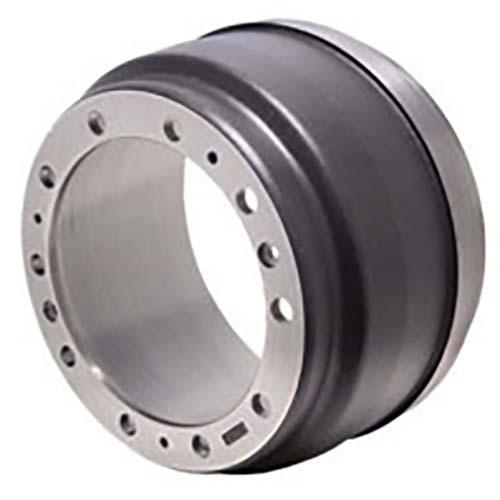
Brake Drum
Primary failure modes:
●Cracks, usually caused by nonconforming materials, improper casting technologies & processes, and damages by external forces.
●Vibrations, usually caused by nonconforming materials, improper technologies, issues with equipment and drums not properly balanced.
Key preventative actions:
●Monitoring raw materials inspection and records
●Adjust and optimize the production process
●Make sure equipment are advanced and adequately rigid
●Dynamic balancing
●Hardness monitoring
Quite often the crack and vibrations of brake drums and discs are most directly a result of the operators and the operational environment. During extreme driving or long downhill with heavy load, brake drums/discs are running at high temperature, or even glowing. If water is then immediately applied to the drums/discs such as in rain, snow or car wash which results in quenching, crack and vibrations would inevitably appear later.
By Andy ZHANG
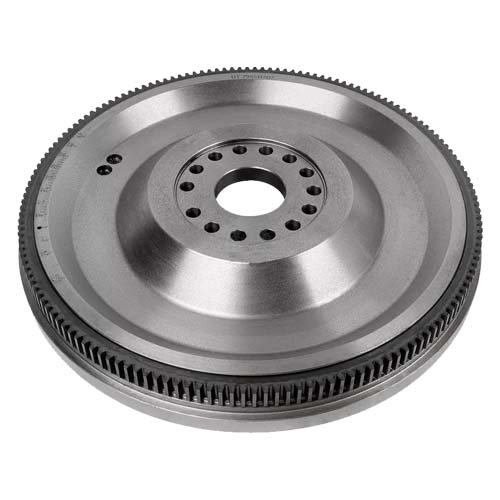
Fly Wheel
Function:
The main function of flywheel is to store the energy and inertia of the engine outside the work stroke. The intake, combustion and exhaust strokes of a four-stroke engine all use the stored energy in a flywheel, and the flywheel ring gear is used to receive the energy of starter motor.
Primary failure mode:
●Abnormal sound, similar to the metal percussion during starting, idling, acceleration and deceleration;
●Difficult to start when the starter is normal;
●Violent jitter occur in engine running;
●Ring gear fracture, connecting hole deformation, disc fracture.
Key quality control of the finished products:
●No cracks in the flywheel surface;
●Split gear ring engage well with clearance evenly-proportioned;
●Gear ring formation consistent.
By Carlos LIN
③ KEY CONCEPTS & PRACTICES IN SUPPLIER QUALITY MANAGEMENT
First, second or third-party audit
In quality management, there are three categories of audits, namely first-party audits, second-party audits and third-party-audits.
Third-party audits occur when an organization decides to be certified that its quality management system conforms to standards such as ISO 9001 or IATF 16949. Third-party audits cover all products, processes and sites and are performed by certification bodies, which will make no recommendations if any non-conformity is discovered in audit.
Second-party audits, also known as supplier audits, are undertaken by customers on their suppliers to verify if the suppliers’ quality management systems meet the requirements. Usually covering the products relevant to the customers and their related processes and sites, these audits are either conducted by the customers or their representatives. The auditors would typically recommend corrective actions for the non-conformities discovered.
Even if an organization has been certified to ISO 9001 or IATF 16949, its customers may still require second-party audits on the organization that specifically address the customers’ products, processes and sites.
First-party audits are often referred as internal audits, undertaken by organizations to ensure their quality management systems meet the requirements. Typically covering all products, processes and sites within the organization, first-party audit is conducted by an internal audit team. Once non-conformities are discovered, corrective actions or improvement plans are usually recommended by the audit team.
④ CHINA INDUSTRY & MARKET UPDATE
Cost of raw materials:
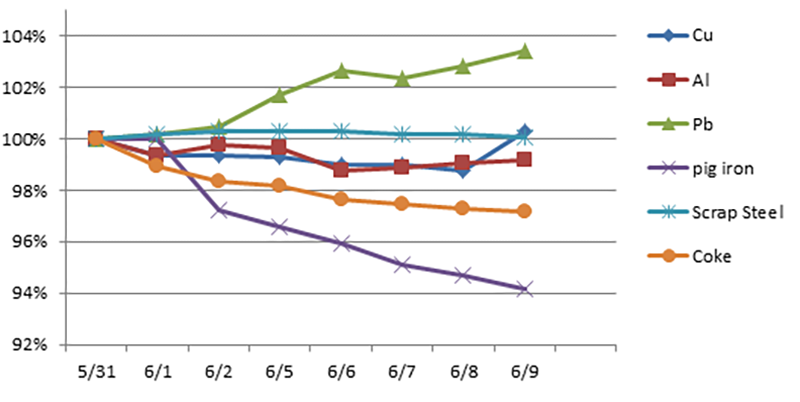
Add Your Heading Text Here
![]() USD/RMB: 1:6.81
USD/RMB: 1:6.81
![]() EUR/RMB: 1:7.64
EUR/RMB: 1:7.64
![]() RUB/RMB: 1:0.12
RUB/RMB: 1:0.12
June 2017
The above information is for reference only
⑤ IT HELPS TO KNOW...
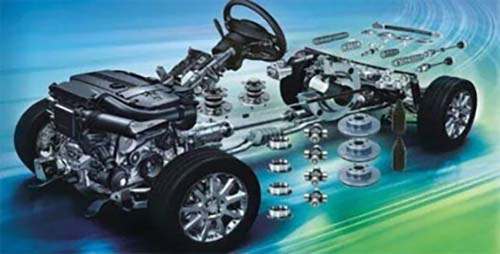
“China International Auto Parts Expo 2017” (CAPS 2017) will be held at the China International Exhibition Center in Beijing from July 19 to 21, 2017.
Started in 2007, CAPS in 2016 attracted more than 800 exhibitors, with over 35 from the world’s top 500 enterprises. More than 60,000 professional visitors from 50 countries and regions also attended the Expo.
The official website of the fair is: http://www.ap-show.com/
SHENTOU SUPPLY CHAIN MANAGEMENT CO. LTD. is a Shenzhen, China, based company serving international automotive clients in the implementation of their China strategies and programs. CHINA AUTOMOTIVE SUPPLIER QUALITY MANAGEMENT BRIEFING is a bi-monthly newsletter published by Shentou to address the specific and unique quality challenges and concerns international automotive companies face with suppliers in China. Comments are welcome at qms@shentou.com. Click here to subscribe.
